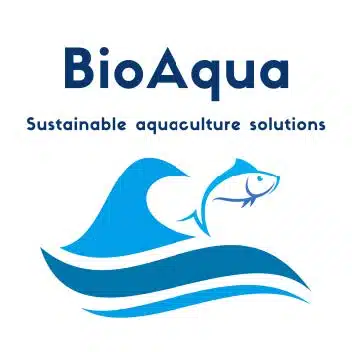-
October 21, 2025 10:00 - October 21, 2025 11:00

BIOAQUA webinar series:
Bridging Land and Water: Next-Generation Monitoring and Risk Assessment of Pharmaceuticals, AMR, and Pathogens
Webinar 21/10/2025 – 10:00 CET
Helena Guasch, from CEAB-CSIC
Tenured scientist at CEAB since August 2018, she spent more than 15 years at the University of Girona teaching in the Department of Environmental Sciences and conducting research at the Institute of Aquatic Ecology. She began her research career studying primary production in Mediterranean headwater rivers, a topic that she expanded by addressing the effects of human activity on fluvial ecology. In this context, her research group has been looking for biological indicators of different types of impact and exposure to pollutants: molecular biomarkers of stress, bioindicators and ecosystem functions, among others. They evaluate the ecological effects of pollution in experimental laboratory-scale studies using microcosms, in artificial rivers, in field experiments, and in observational studies conducted at the river basin scale. In terms of the development of new study methodologies, they have specialized in ecotoxicomics as a tool to improve our understanding of the reciprocal relationships between human alterations and the role played by microbial communities in improving water quality and ecosystem health. Recently, the focus of their research has opened up its scope a little more considering the principles of sustainable development. They include economic and social aspects to address new challenges in conservation ecology. The main objective of the research she is currently leading is the creation and validation of protocols for the reduction of plastic pollution in mountain ecosystems and the knowledge of the links between microbial communities and the "pasticosphere". She is also very interested in understanding the causes, and mitigating the effects of nutrient pollution in Mediterranean rivers, an old environmental problem, but one of great relevance in the context of global change.
She participates in Pharm-ERA project, and MSCA Doctoral Network project from Horizon Europe that brings together academics, public and private stakeholders, and EU policymakers to address the urgent issue of the contamination of global soil and aquatic ecosystems by pharmaceuticals, antimicrobial-resistant microorganisms, and pathogens. With 10 doctoral projects spanning scientific disciplines such as environmental chemistry, ecotoxicology, microbial ecology, molecular biology and modelling, Pharm-ERA seeks to develop innovative solutions and improve monitoring techniques and environmental risk assessment. The ultimate aim is to protect the diversity and functions of microbial life in contaminated ecosystems while ensuring the sustainability of our planet and promoting human and animal health.
Her presentation will focus on the interaction between antibiotic resistance and plastic pollution in the environment.
Stephane Pesce, from INRAE
Dr Stéphane Pesce is the leader of the research group Aquatic Microbial Ecotoxicology at the French National Research Institute for Agriculture, Food and Environment (INRAE). For more than a decade, he has been studying the structural and functional responses of aquatic benthic microbial communities to toxicant exposures. Investigations are performed on periphytic biofilm, sediment and leaf litter microbial communities, and a special attention is given to the study of microbial adaptation processes following chronic exposure to toxicants (pollution-induced community tolerance, stimulation of biodegradation capacities…) to develop, among others, innovative approaches for water quality bioindication. He is the co-creator of the Emerging International Network on Microbial Ecotoxicology, EcotoxicoMic (https://ecotoxicomic.org/) and is a member of the Directory Board of the Rovaltain Scientific Foundation for research in Health and Environment.
He also participates in Pharm-ERA project.
His presentation will focus on the different factors that promote the spread of antibiotic resistance and pathogens in aquatic environments, with an emphasis on the importance of environmental continuums—such as soil-water interfaces and proximity to anthropogenic discharges—as well as the co-occurrence of chemical pollutants, which together increase the risk of 'hotspots' of contamination by these microbiological pollutants.